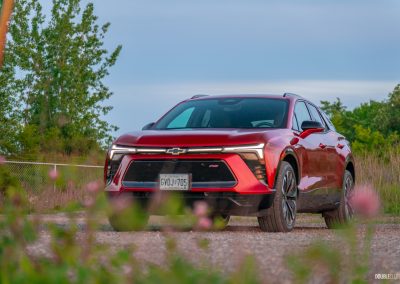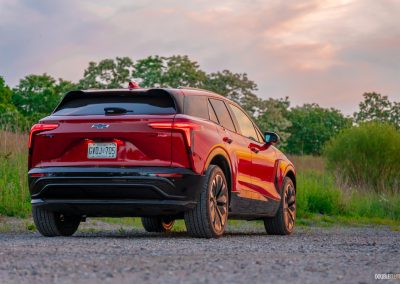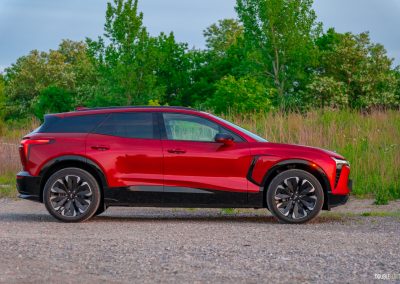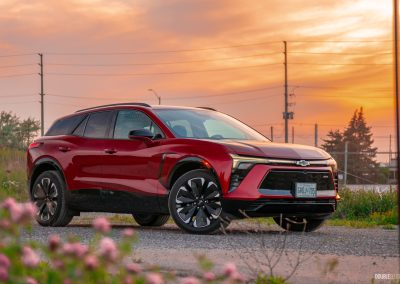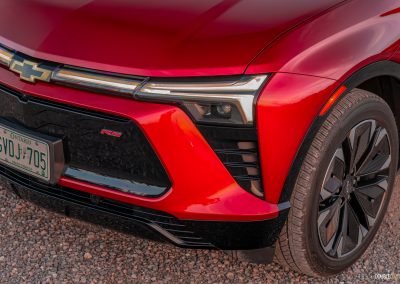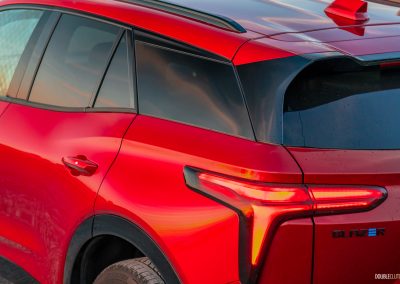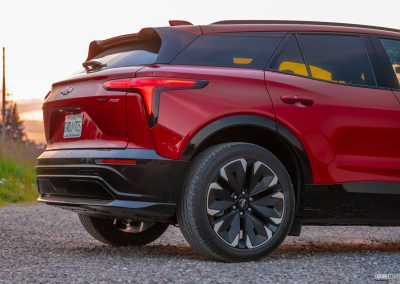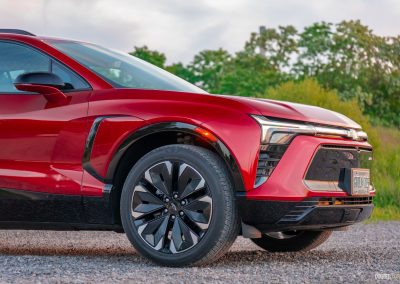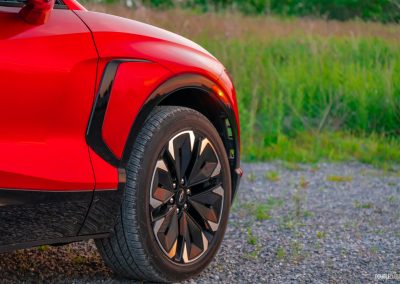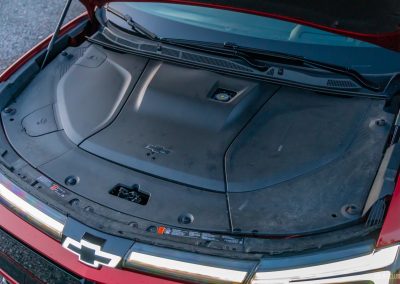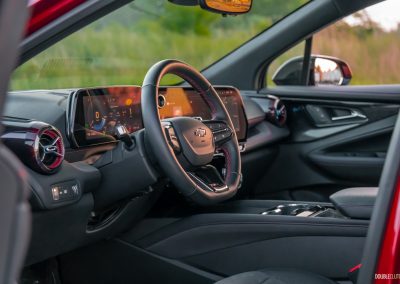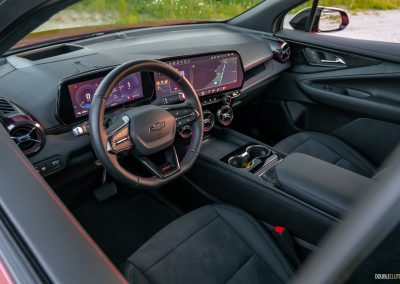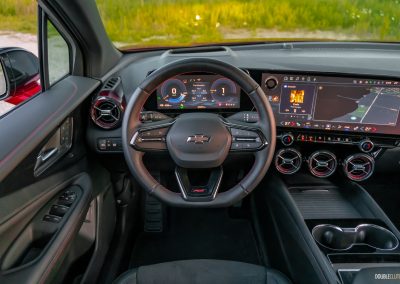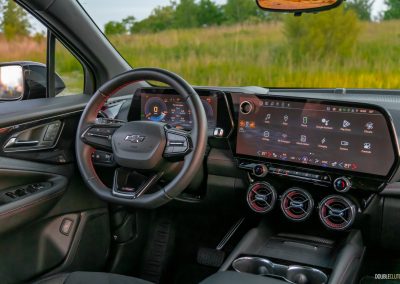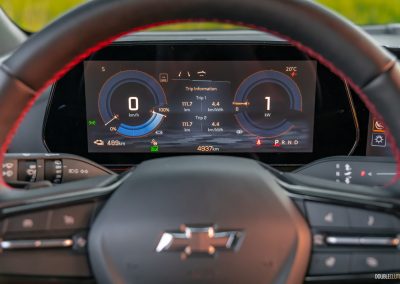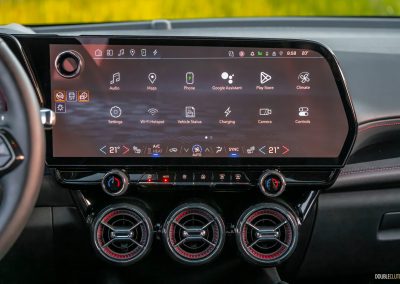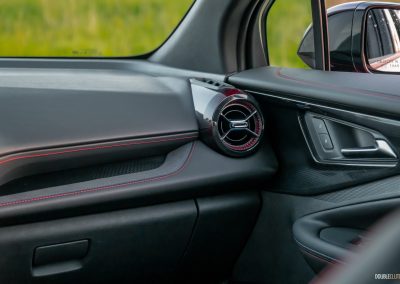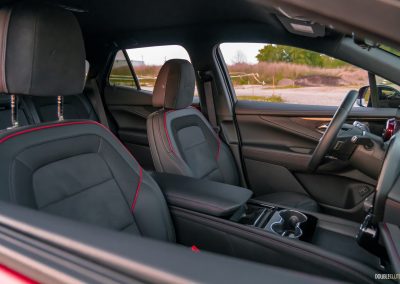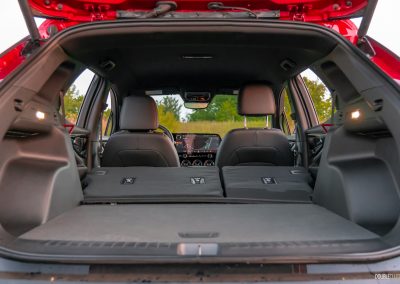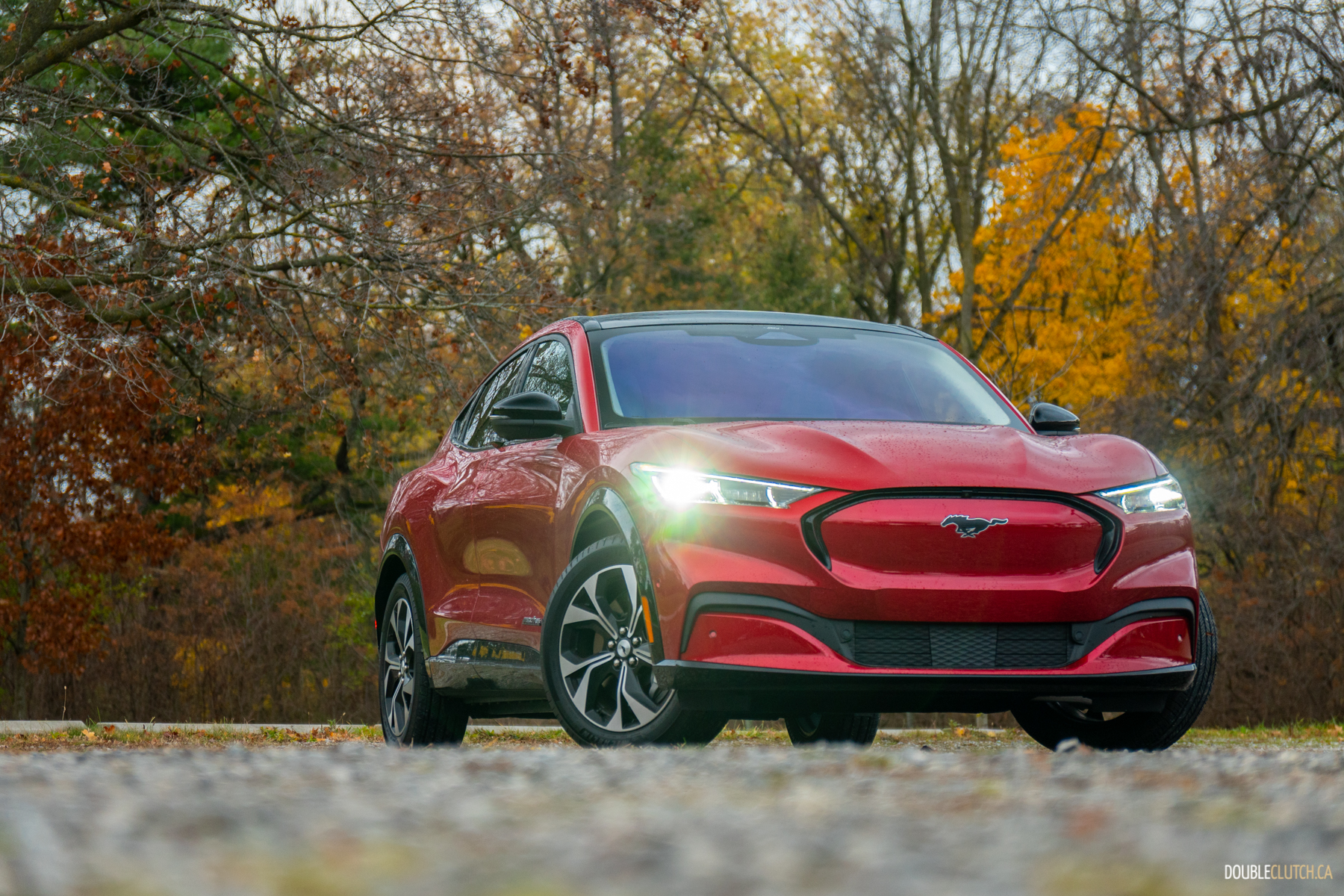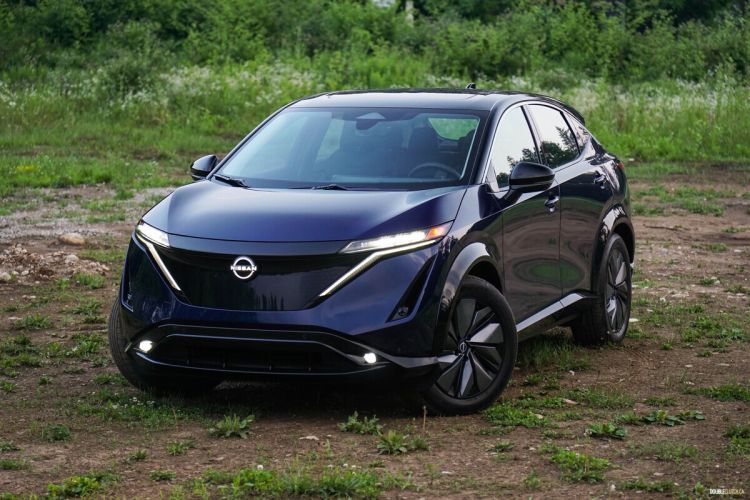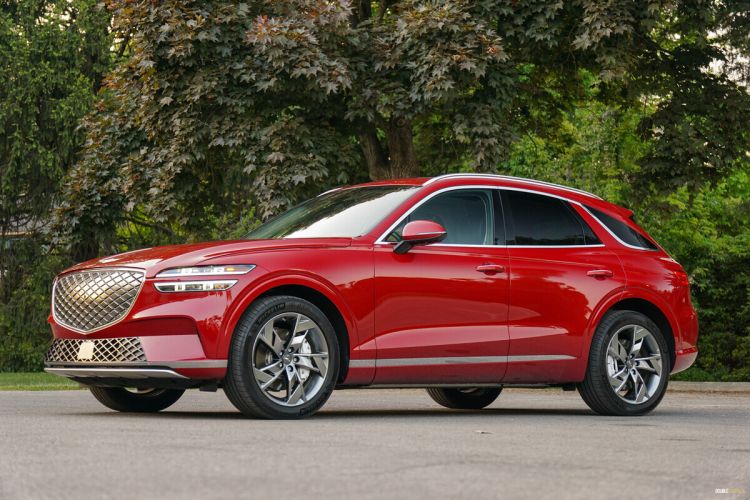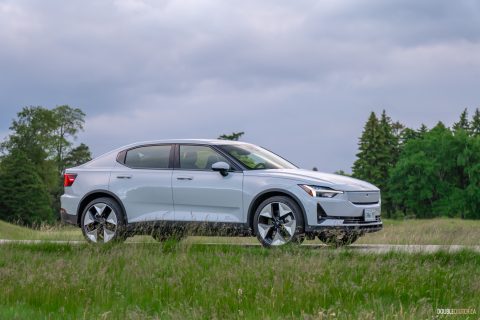Lithium and cobalt are the key ingredients in modern batteries. They’re also expensive, and only getting more so as demand keeps rising for electric vehicles. GM seems to have a solution: its new Ultium battery cells mean GM can partially insulate themselves from the volatility of raw material pricing by reducing their need for it, and make up for the lack of material through tricky engineering to hit the performance, efficiency, and longevity targets the market demands, all while coming in at a lower cost. This is crucial, as the number-one factor slowing EV adoption is high pricing, but the 2024 Chevrolet Blazer EV RS hits all those targets: it’s a big, comfortable, well-built, and strikingly good-looking SUV with a raft of features and generous range — all for $64,000.
For reference, a comparably equipped Hyundai Ioniq 5 costs about the same, and it isn’t a big SUV. Yet as history shows over and over again, people want big SUVs despite rising costs, fuel crises and environmental concerns, safety scandals, and this and that and whatever else. GM has heard over and over again from dealers that the people walking into showrooms are curious about what the (dead and soon-to-be-resurrected) Bolt has to offer, but are totally uninterested in giving up their big SUV form factor. The Blazer EV is the solution to that.

First things first: the Blazer EV has nothing to do with the gas-powered Blazer. It shares a name and approximately nothing else. The EV variant is built on GM’s all-new, modular Ultium platform that underpins all of GM’s new and upcoming EVs, as well as the Honda Prologue and Acura ZDX. Yes, this platform and battery tech looked so promising that Honda bought into it, but we’ll get into that another time.
Like all Ultium-based vehicles, the Blazer EV is characterized by a wide stance, making it look relatively low-slung and much larger than it actually is. Concept car drawings all start like this before being neutered for production, but GM chose to keep this aggressive style because it allows for more room for the battery without encroaching on cabin space, as well as a relatively compact footprint and a very tight turning circle. It also happens to look great, garnering a lot of interest around the office and just as much attention on the road. A neighbour of mine, who I haven’t talked to a decade, struck up a conversation from his balcony to ask what this was. The Blazer EV looks that good.
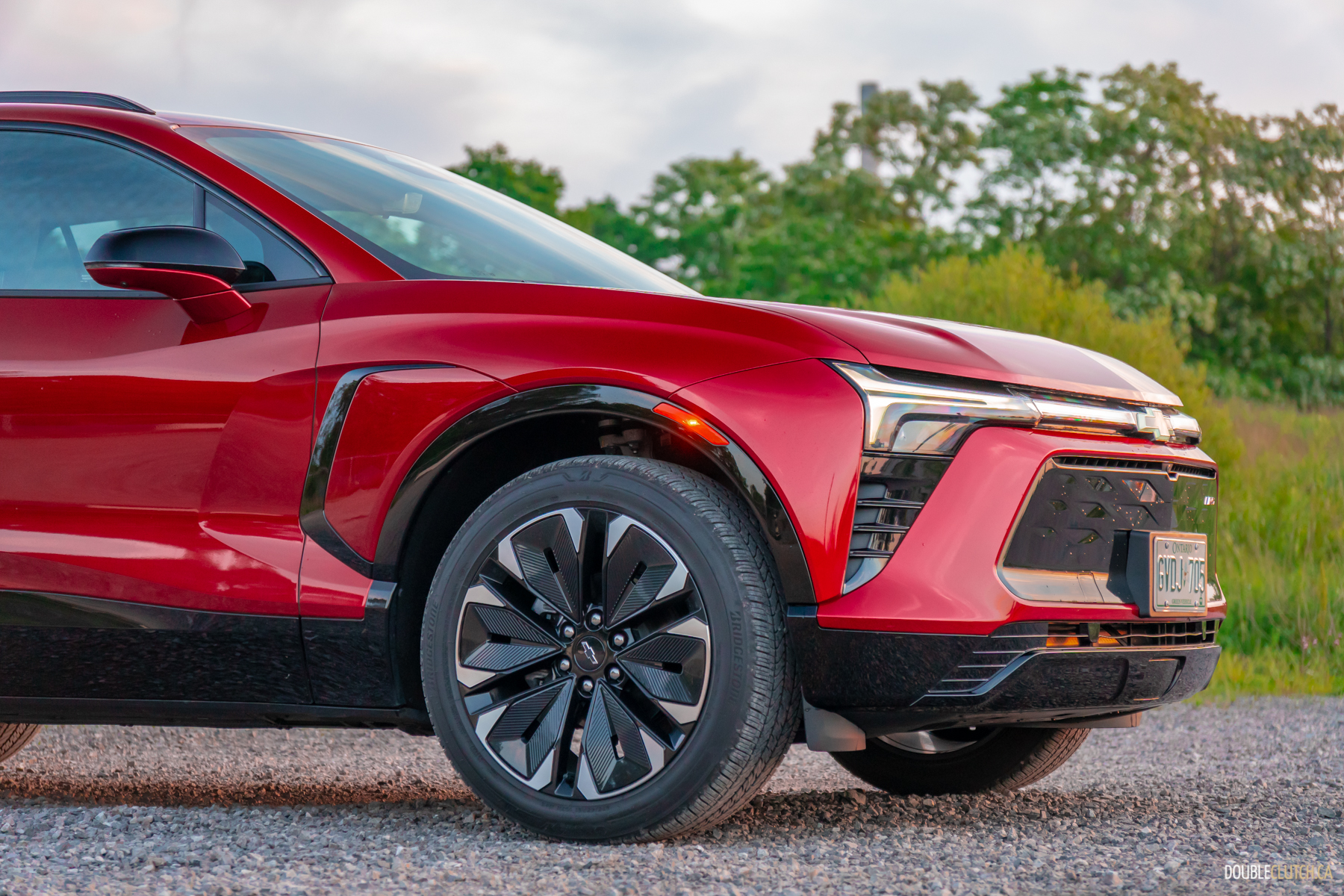
Our sporty-looking RS tester sports 21-inch wheels and black accents outside, and carries the sporty theme inside with red accents abound … and maybe goes a little overboard. I can see this working on the upcoming SS model with more than 500 horsepower on board, but the pervasive athletic motif throughout the cabin rubs me the wrong way, like seeing Tony Soprano (an overweight man who is shown gorging on gabagool every third scene) shedding his typical golf attire for a red Adidas tracksuit. [Oh! –Ed.] The only person being fooled is yourself.
Despite my misgivings with some stylistic choices on this specific trim level, it’s a nice enough place to be. The width of the chassis makes the Blazer EV’s cabin very spacious and airy, accentuated by a colossal 17-inch landscape touchscreen that manages to avoid feeling overly huge in this uniquely proportioned space. Using a new version of GM’s Google-powered software, it isn’t a significant departure from what we’re already familiar with on other GM products, but it looks good and works better here, owing to its more cohesive design and added processing power. It’s flanked by a highly customizable digital gauge cluster and a heads-up display, too.
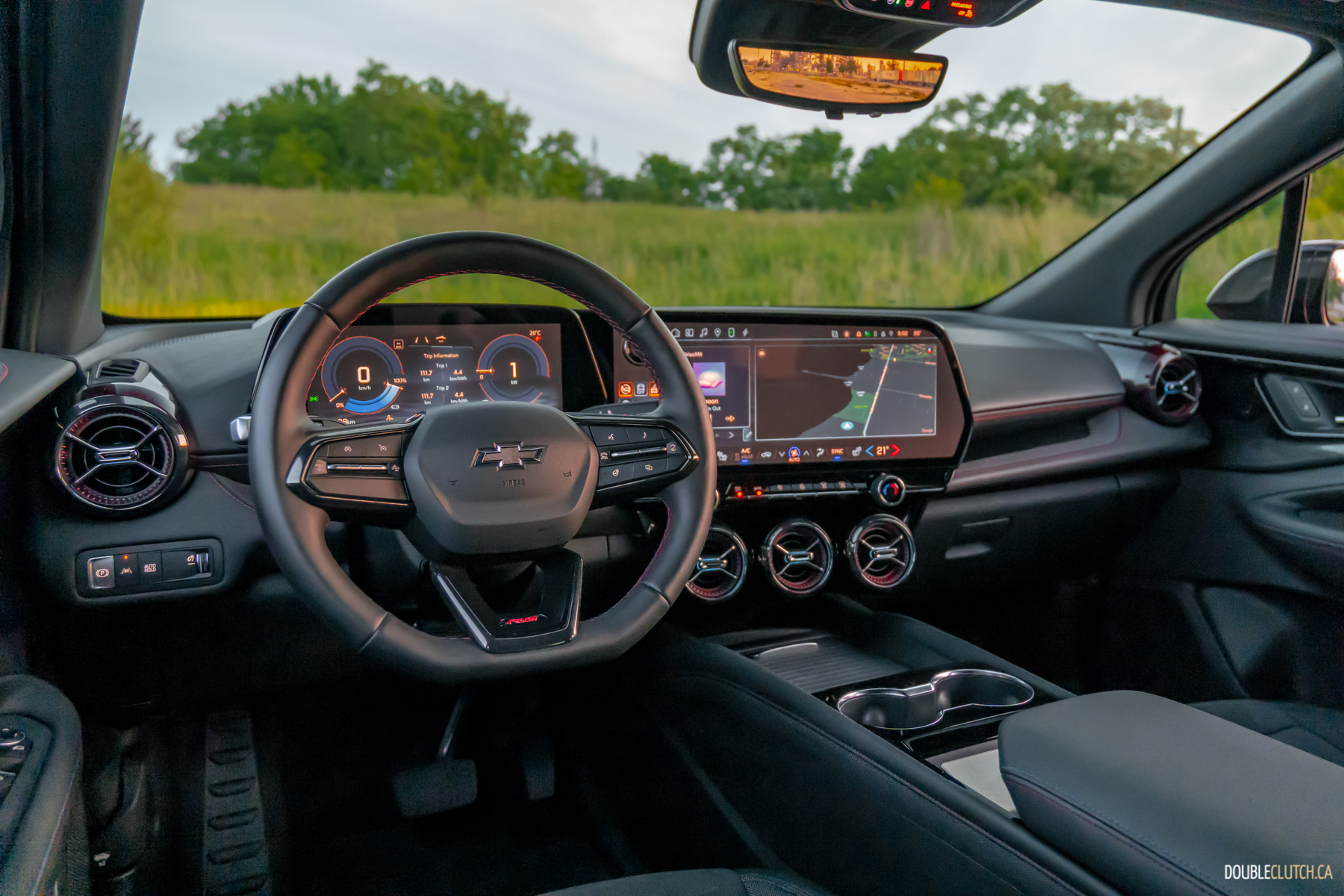
Beyond the tech, the cabin is dressed with quality materials throughout. The seats are finished in a combination of microsuede and GM’s Evotex “vegan” leather, the centre console, dash and doors and lined with Evotex and soft-touch plastics, and while I don’t love the use of gloss black buttons, they do look nice and are befitting of a six-figure Silverado. There’s only a couple of chintzy points to undermine the overall impressive quality of the cabin: the mushy-detented turn signal and PRND shifter stalks, and the absence of any physical headlight control. I can actually hear the accountant asking the development team if it’s really necessary.
This is where GM products have always fallen flat; genius engineering talent held back by braindead MBA middle management. For example, the Blazer EV’s one-pedal driving function works quite well, but can only be activated via a button on the touchscreen, rather than a physical control like, say, the steering wheel paddles a la Hyundai and Mercedes’ EVs. Worse still, one-pedal driving in reverse. It defaults to the usual creep-and-brake like on gas cars, making manoeuvring into a parking spot really disjointing.
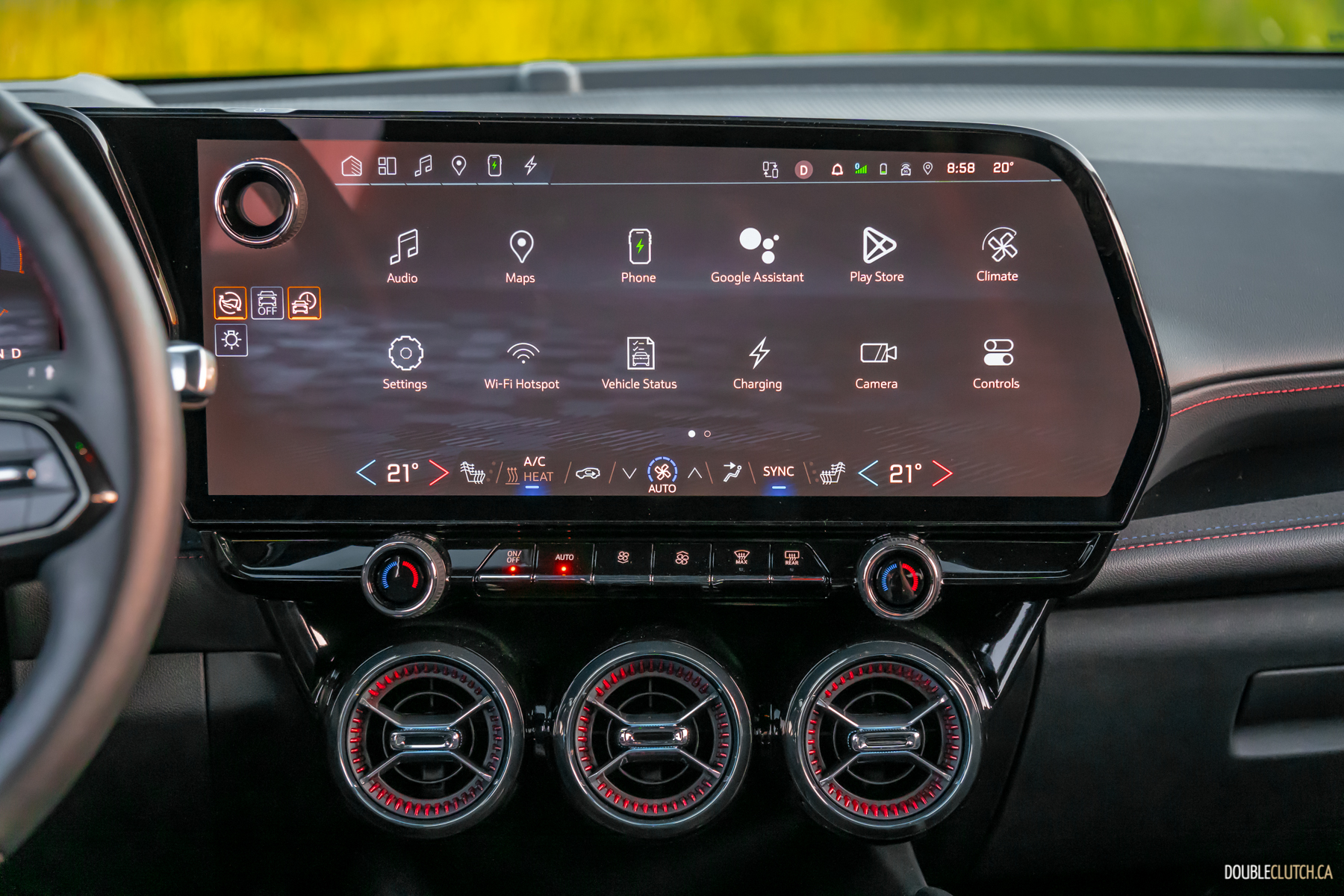
Even worse than that, Chevrolet convinced themselves (and only themselves) that their infotainment software is so good, they don’t need Apple CarPlay or Android Auto. I don’t personally use or even like those connectivity platforms, but everyone else does, including the closely related Honda Prologue and Cadillac Lyriq. Omitting them in an otherwise competent, forward-thinking vehicle in the most tech-forward segment is beyond baffling, especially when the Blazer EV comes with a wireless charging pad for your phone, but very little means of actually doing anything with it. Even worse than that, the call quality with the built-in Bluetooth functionality is abysmal.
Which is a real shame, because while the Blazer EV does phone stuff pretty badly, it does car stuff rather well. As previously mentioned, it’s practical and spacious, with lots of storage and cargo space. Rather than cramming in a third row, the Blazer EV opts for a generous cargo hold and limo-like accommodations for the rear passengers. It’s well-hushed, and the chassis does a great job of isolating the flaws in the road from the cabin.
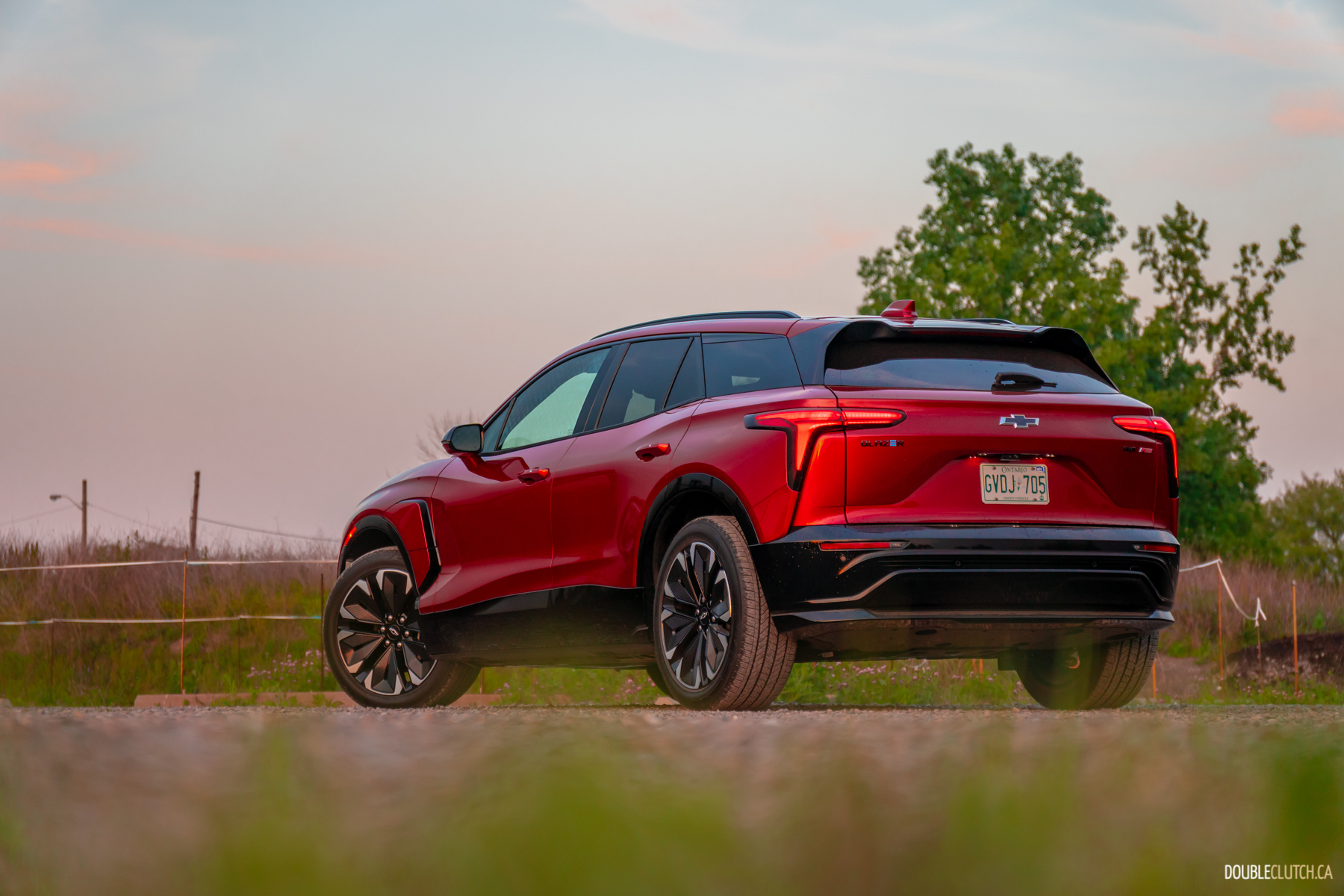
The driver controls all feel natural, surprisingly so. It handles itself remarkably well and delivers healthy acceleration, but with only 304 horsepower to shift nearly three tons, don’t expect the Blazer EV to take your breath away like other EVs might. Still, if you’re coming from, say, a Traverse — which already drives and performs better than it has any right to — you’ll be very impressed with this Blazer EV. It’s obvious that unlike in days past, GM has taken a Cadillac-tier platform and adapted it for the Chevrolet bowtie, rather than taking a Chevy product and dressing it up for Cadillac. It feels a lot better than its $64,000 price tag conveys, even if I don’t love some choices they’ve made.
Now that GM seemingly has production of Ultium batteries and vehicles on its feet, I’m sure we’ll start seeing a lot of these on the road imminently. The 2024 Chevrolet Blazer EV RS looks great, it’s well-made, practical, drives well, and hits all the targets most people are looking for in a vehicle. Unlike a lot of EVs, the Blazer EV feels like a mature product, even if I don’t love some of its immature interior decisions. GM’s target with the Ultium project was to usurp Tesla, and they weren’t about to do that without building a compelling product at an attractive price point. More importantly, rather than targeting the niche market of the EV early adopter, the Blazer EV has the substance and fully realized execution combined with a familiar package to go after everyone else. You don’t have to be a nerdy and/or trend-driven tech fan to see the Blazer EV is just a good car that works.

